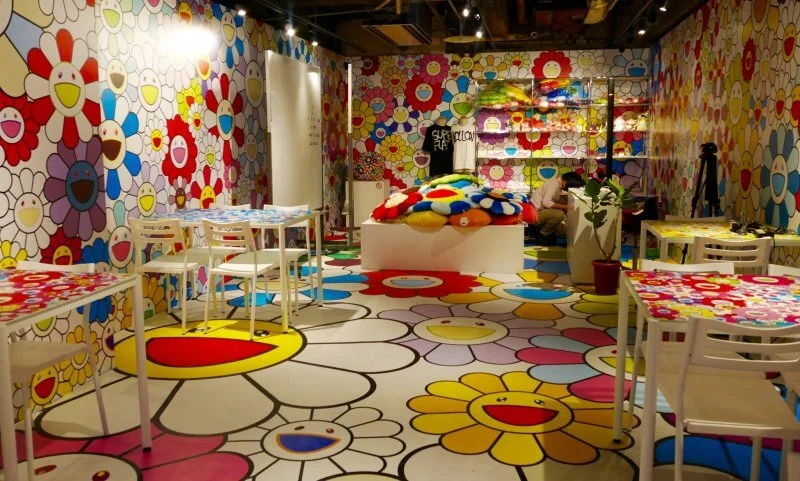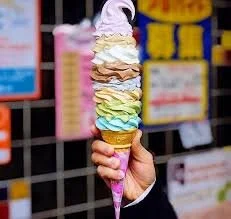Tokyo can be a great city to explore, but taking a mini day trip from Tokyo to Kawagoe, a town in Saitama just an hour away from Tokyo can be a worthwhile experience to add to your list of things to do in Tokyo, Japan. Kawagoe is known for it’s edo period styled houses and shops, and it’s also famous for the Kita-In Buddhist Temple (喜多院)- the head temple of the Tendai Sect in the Kanto area.
Built roughly 1250 years ago, parts of the temple are parts of the former Edo Castle built in the 1600s. The halls of the edo castle were transferred into this temple in 1638 after the original structure of the temple was burned down. The third Tokugawa Shogunate ordered to move the edo castle parts in order to preserve the Kita-in temple. Today, these are one of the only remaining parts of the original Edo Castle as the the main Castle in Tokyo was destroyed in the Great Kanto Earthquake in 1923.
Another part of the temple to visit is the Gohyaku Rakan statues. There are 540 statues of Buddhas disciples lined up, each with different facial expressions. Because each facial expression is different, it is said that you can find one that resembles you, a friend or family. It is located in a small courtyard off to the side of the temple.




















